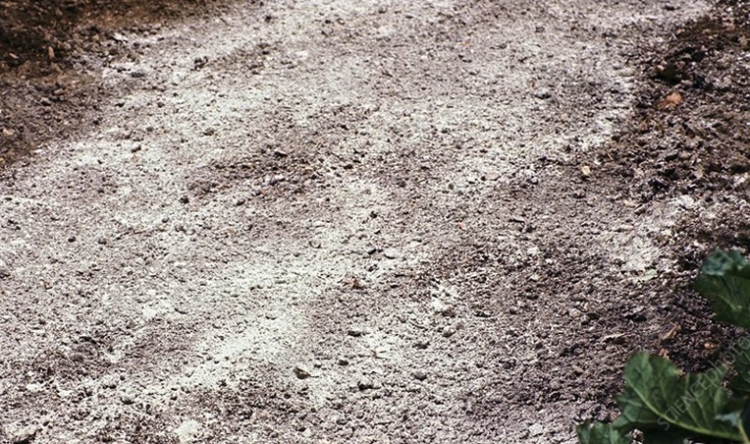First of all, what is dolomite lime? Sometimes, when you do not live in the optimal conditions to grow a beautiful and lush backyard, you may need some outside help. There are a few key additives that you can use safely to aid in this. Lime itself, is an essential ingredient and source of magnesium and calcium and is often used on lawns in many large and small greeneries.
Dolomite is an important source of alkaline that is primarily composed of limestone that is ground into a fine powder. It contains both of these minerals and can help give your plants the essential nutrients they need to thrive in any soil condition.
Uses and importance of Dolomite Lime
In order to decrease acidity levels and increase the pH of most soils, lime is used by garden companies and homeowners. It helps plants and grass to absorb relevant nutrients from the soil and can also aid in improving the texture of soil so it is usable.
When you plan on growing vegetables or vegetation such as cabbage, spinach, other greens, beans, corn and lettuce, they can all benefit from soil that has been treated with lime. This is because these types of vegetables need soil that is slightly acidic and not more. With a pH of anywhere between 6 and 7, the earth will be of ideal condition, and by simply adding this one ingredient you can reap the benefits of healthy crops.
The soil in most gardens is often comprised of one of three things conditions – it can be alkaline, neutral or acidic and anywhere between a pH of 0 up to 14. If the pH falls below 6 it tends to be less productive to growth.
For it to be in the best condition, its acidity or alkaline levels need to be below 7. When this essential mineral is added it helps to maintain the ideal condition and levels to enhance growth and maintenance. Here you can find more this information.
Does Your Garden Need Lime?
If you are not sure whether your backyard soil needs to be conditioned, you can easily do a soil test. There are various ways to do this and one of the more popular ones is by using a digital soil pH meter, which you can use to test different areas of the land and get a reading of the overall state.
Once you have figured this out and find that it does need some additional nutrients, the next step is to determine the amount needed. If you have not done the test and feel like it could benefit from this treatment, then the general rule of thumb is to apply lime to it, at an average amount of 1 cup or 250 milliliters per 50 square feet or 15 square meters.
The way to do this is to apply the mix by sprinkling it evenly over a dry area, as opposed to a wet one. once this is done and you have covered all the necessary areas, you can use a rake to spread it evenly and mix it deep into the soil as best as possible. This treatment needs to be left until fall or springtime ideally, to grow your crops or vegetables.

Dolomite
Benefits of Adding Dolomite Lime to Your Soil
In a nutshell, there are a few positive benefits of performing this treatment. Some of which include adding the essential nutrients to the soil, as well as adjusting the pH of the earth. It also helps to provide magnesium to plants which helps them with healthy growth and is the ‘power house’ that helps plants to photosynthesize.
Magnesium helps them to absorb sunlight which gives them energy and gives them their lush green color, as well as giving them a hand in stabilizing their cell membrane and metabolizing carbohydrates: https://www.gardeningknowhow.com/garden-how-to/soil-fertilizers/fixing-magnesium-deficiency.htm
You should only do it when your soil test shows a significant deficiency of calcium or magnesium. If any macronutrient is lacking, this would be the best and simplest way of fixing it. If you want lush green crops that have a healthy dose of enzymes, which are needed for their growth, you can buy plain lime or invest in a compost mix that has it as a primary ingredient.
Before you decide to plant anything in your space, make sure you treat it first with the dolomite lime and mix it well. If you already have plants or vegetables growing, the patches where you want new growth should ideally cover the top 6 inches of the empty areas, and application should be done throughout the growing seasons, to avoid burning any existing vegetation.
In countries where there is either too much rainfall or not enough of it, you should help your crops out with a little extra TLC!




















